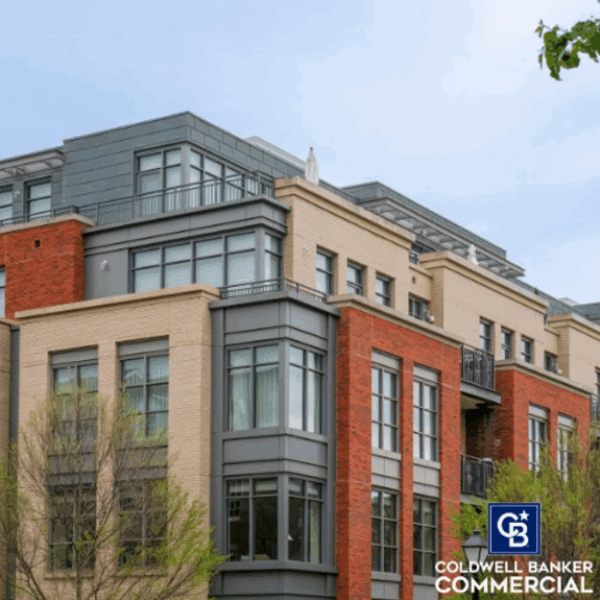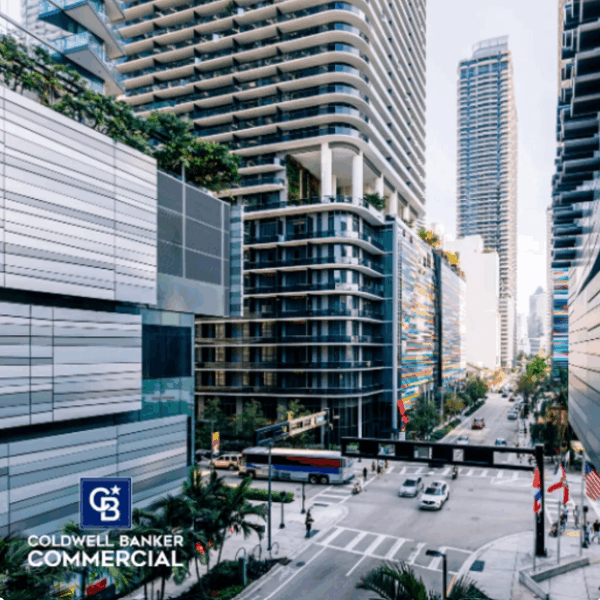Forget the “retail apocalypse.” Brick-and-mortar retail is making a strong return in 2025, powered by immersive experiences and mixed-use development.
Retail real estate is beating expectations. Vacancy rates are near record lows (e.g., 2.8% in Miami), and new supply is limited. Consumers are gravitating toward experience-first concepts—car washes, theaters, fitness studios, and live events—driving foot traffic.
Suburban open-air and mixed-use centers now outperform enclosed malls, confirming the strength of lifestyle-focused retail. Even with e-commerce competition, stores that offer in-person engagement are holding their ground.
Retail’s New Playbook
- Malls Become Mixed-Use Communities: Aging malls are being reimagined as walkable, mixed-use hubs blending retail, housing, and office space. Riverwalk San Diego, a $4 billion project, will deliver 4,300 homes, 150,000 sq. ft. of retail, and 1 million sq. ft. of office—all within a transit-connected environment that supports live-work-play lifestyles.
- “Phygital” Engagement Wins Gen Z: Retailers are merging physical and digital (“phygital”) strategies through AR displays, interactive events, and in-store customization. Mejuri, for example, offers tactile experiences that appeal to Gen Z’s demand for authenticity and personalization. These hybrid approaches are simultaneously luring shoppers and creating shareable, brand-building moments.
- Lifestyle Leasing Dominates: Apparel and food & beverage drove over half of global leasing in H1 2025, with Millennials and Gen Z prioritizing wellness, social engagement, and experience-first retail. Wellness studios, trendy cafés, boutique fitness, and concept dining are anchoring next-generation centers, creating destinations rather than just shopping spaces.
Retail sales are projected to grow 2.7%–3.7% in 2025, further supporting tenant expansion even in an inflationary climate.
Mall redevelopments like Riverwalk unlock high-value combinations of residential, retail, and office that drive sustained engagement and boost revenue per square foot. Lifestyle tenants play a crucial role in enhancing walkability and turning retail into a magnet for activity—benefiting multifamily and office leasing alike. At the same time, developers are turning to data-informed strategies to optimize tenant mix. By leveraging market analytics and psychographic insights, they’re aligning offerings with local demographics, income levels, and behavior patterns—resulting in stronger foot traffic and reduced turnover.
Retail is no longer just a leasing category—it’s the anchor of modern, mixed-use ecosystems that merge commerce, community, and culture. CRE players should act now: explore mall conversions, invest in walkable design, and reassess how retail drives value across portfolios.








